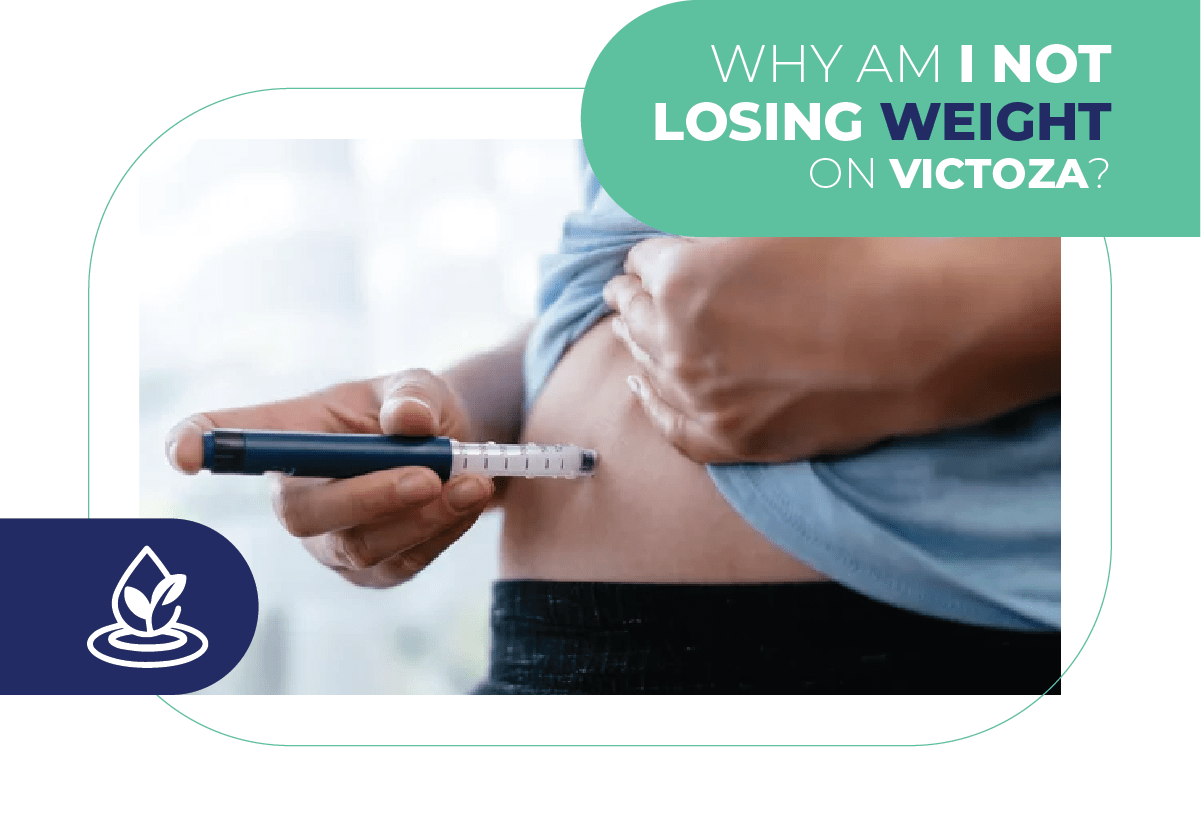Choosing between Farxiga and Jardiance for managing diabetes involves weighing various factors such as effectiveness, side effects, cost, and dosage. In this comprehensive review, we delve into the similarities and differences between these medications to help you make an informed decision.
Understanding Farxiga and Jardiance
Both Farxiga and Jardiance belong to a class of medications known as SGLT2 inhibitors, which work by helping the kidneys remove glucose from the bloodstream through urine. They are commonly prescribed to lower blood sugar levels in adults with type 2 diabetes.
| Active Ingredient | Manufacturer | Dosage | Cost without Insurance | Primary Function | Secondary Function(s) | Pros | Cons | |
|---|---|---|---|---|---|---|---|---|
| Farxiga | Dapagliflozin | AstraZeneca | 5 mg, 10 mg | $500-$600/month | Lower blood sugar levels by promoting glucose excretion in urine | It may improve heart and kidney health | Effective in controlling blood sugar levels, May benefit heart and kidney health | May cause urinary tract infections, Genital yeast infections, Dehydration |
| Jardiance | Empagliflozin | Boehringer Ingelheim, Eli Lilly and Company | 10 mg, 25 mg | $500-$600/month | Lower blood sugar levels by promoting glucose excretion in urine | May improve heart health, May reduce the risk of cardiovascular events | Effective in controlling blood sugar levels, May benefit heart health | May cause urinary tract infections, Genital yeast infections, Dehydration |
Jardiance vs Farxiga: Side Effect Comparison
Both Farxiga (dapagliflozin) and Jardiance (empagliflozin) belong to the class of medications known as sodium-glucose cotransporter 2 (SGLT2) inhibitors, used primarily for the management of type 2 diabetes mellitus. While these medications are effective in lowering blood sugar levels, they can also cause side effects in some individuals. Here are some common side effects associated with Farxiga and Jardiance:
Common Side Effects
- Genital yeast infections: Both Farxiga and Jardiance can increase the risk of genital yeast infections, particularly in women. Symptoms may include itching, burning, and abnormal discharge.
- Urinary tract infections (UTIs): UTIs are another common side effect of Farxiga and Jardiance. Symptoms may include frequent urination, pain or burning during urination, and cloudy or foul-smelling urine.
- Increased urination: Farxiga and Jardiance work by increasing the excretion of glucose in the urine, which can lead to increased urine production. Some individuals may notice an increase in urination frequency, especially during the initial weeks of treatment.
- Low blood pressure (hypotension): Both medications can cause a slight decrease in blood pressure, particularly when standing up from a sitting or lying position. This may lead to symptoms such as dizziness, lightheadedness, or fainting.
- Hypoglycemia (low blood sugar): While less common than with some other diabetes medications, hypoglycemia can occur with Farxiga and Jardiance, particularly when used in combination with insulin or other glucose-lowering agents.
- Dehydration: Because Farxiga and Jardiance increase urine output, they can potentially lead to dehydration, especially in individuals who are prone to fluid imbalances or who do not drink enough fluids.
- Bone fractures: Some studies have suggested a slightly increased risk of bone fractures, particularly in elderly individuals, with the use of SGLT2 inhibitors like Farxiga and Jardiance.
Severe Side Effects Farxiga and Jardiance
Both Farxiga and Jardiance, being similar medications used for managing type 2 diabetes, share severe side effects. These include the risk of diabetic ketoacidosis (DKA), serious urinary tract infections (UTIs) leading to conditions like urosepsis and pyelonephritis, hypovolemia resulting from fluid loss, and the potential for hypoglycemia or low blood sugar. These adverse effects underscore the importance of close monitoring and prompt medical attention when using these medications, particularly in patients with pre-existing conditions or who are at higher risk for these complications.
- Diabetic ketoacidosis (DKA)
- Serious UTIs, such as urosepsis (sepsis caused by UTIs) and pyelonephritis (kidney infection)
- Hypovolemia (loss of fluids)
- Hypoglycemia or low blood sugar in the blood
Cost Considerations
The cost Farxiga and Jardiance can vary, with Farxiga typically being slightly more expensive. On average, Farxiga may cost around $500 to $600 per month, while Jardiance may cost slightly less. However, actual costs may differ based on factors such as insurance coverage and pharmacy discounts.
How to Take Jardiance vs Farxiga
Farxiga and Jardiance are typically taken once daily, with or without food. The recommended dosage may vary based on individual factors such as kidney function and other medications being taken. Your healthcare provider will determine the appropriate dosage for you.
This table provides a comparison of the dosage requirements for Jardiance and Farxiga in their shared uses, including type 2 diabetes management.
| Medication | Type 2 Diabetes | Heart Failure | Chronic Kidney Disease |
| Jardiance | 10 mg once daily | 10 mg once daily | 10 mg once daily |
| Farxiga | 5 mg or 10 mg once daily | Not indicated | Not indicated |
Can You Switch Between Jardiance and Farxiga
Yes, it is possible to switch between Jardiance and Farxiga under the guidance of a healthcare provider. However, it’s crucial to consult with your healthcare provider before making any changes to your medication regimen. Your healthcare provider can assess your individual medical history, current health status, and treatment goals to determine if switching medications is appropriate for you. They can also provide guidance on the proper transition process and any potential risks or benefits associated with switching between these medications. Always follow your healthcare provider’s recommendations and closely monitor your response to the new medication to ensure optimal therapeutic outcomes.
Which Is Better Farxiga or Jardiance?
Both medications, belonging to the SGLT2 inhibitor class, effectively manage type 2 diabetes by reducing blood sugar levels and mitigating cardiovascular risks. However, variations exist in dosage, administration, and side effects, influencing the choice.
Clinical efficacy and safety profiles are comparable between Farxiga and Jardiance, with no definitive evidence suggesting superiority of one over the other.
Summary
Choosing between Farxiga and Jardiance involves considering factors such as effectiveness, side effects, cost, and dosage. Both medications have been shown to be effective in lowering blood sugar levels and reducing the risk of cardiovascular events in people with type 2 diabetes. By working closely with your healthcare provider and discussing your specific needs and preferences, you can determine which medication is the best fit for you.
Sources
DailyMed. Label: Jardiance-empagliflozin tablet, film-coated.
DailyMed. Label: Farxiga-dapagliflozin tablet, film-coated.
Heerspink HJL, Stefánsson BV, Correa-Rotter R, et al. Dapagliflozin in patients with chronic kidney disease. N Engl J Med. 2020;383(15):1436-1446. doi:10.1056/NEJMoa2024816.
Anker SD, Butler J, Filippatos G, et al. Empagliflozin in heart failure with a preserved ejection fraction. N Engl J Med. 2021;385(16):1451-1461. doi:10.1056/NEJMoa2107038
Hussain M, Atif M, Babar M, Akhtar L. Comparison of efficacy and safety profile of empagliflozin versus dapagliflozin as add on therapy in type 2 diabetic patients. J Ayub Med Coll Abbottabad. 2021;33(4):593-597. PMID: 35124914.




2 Responses